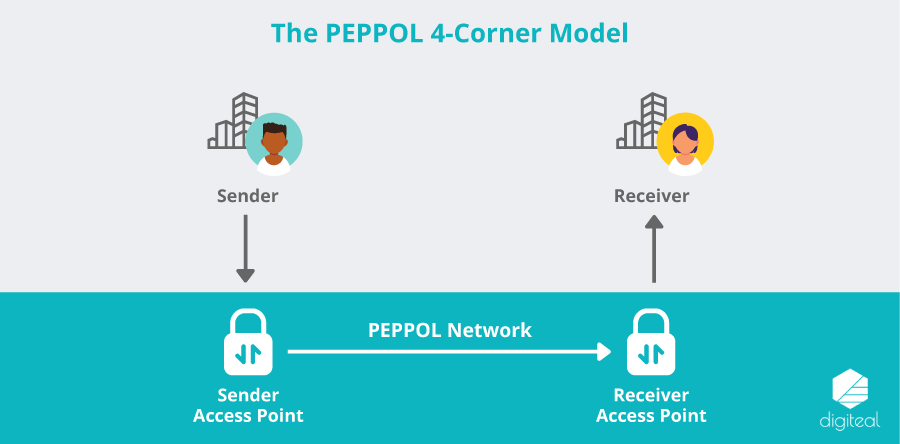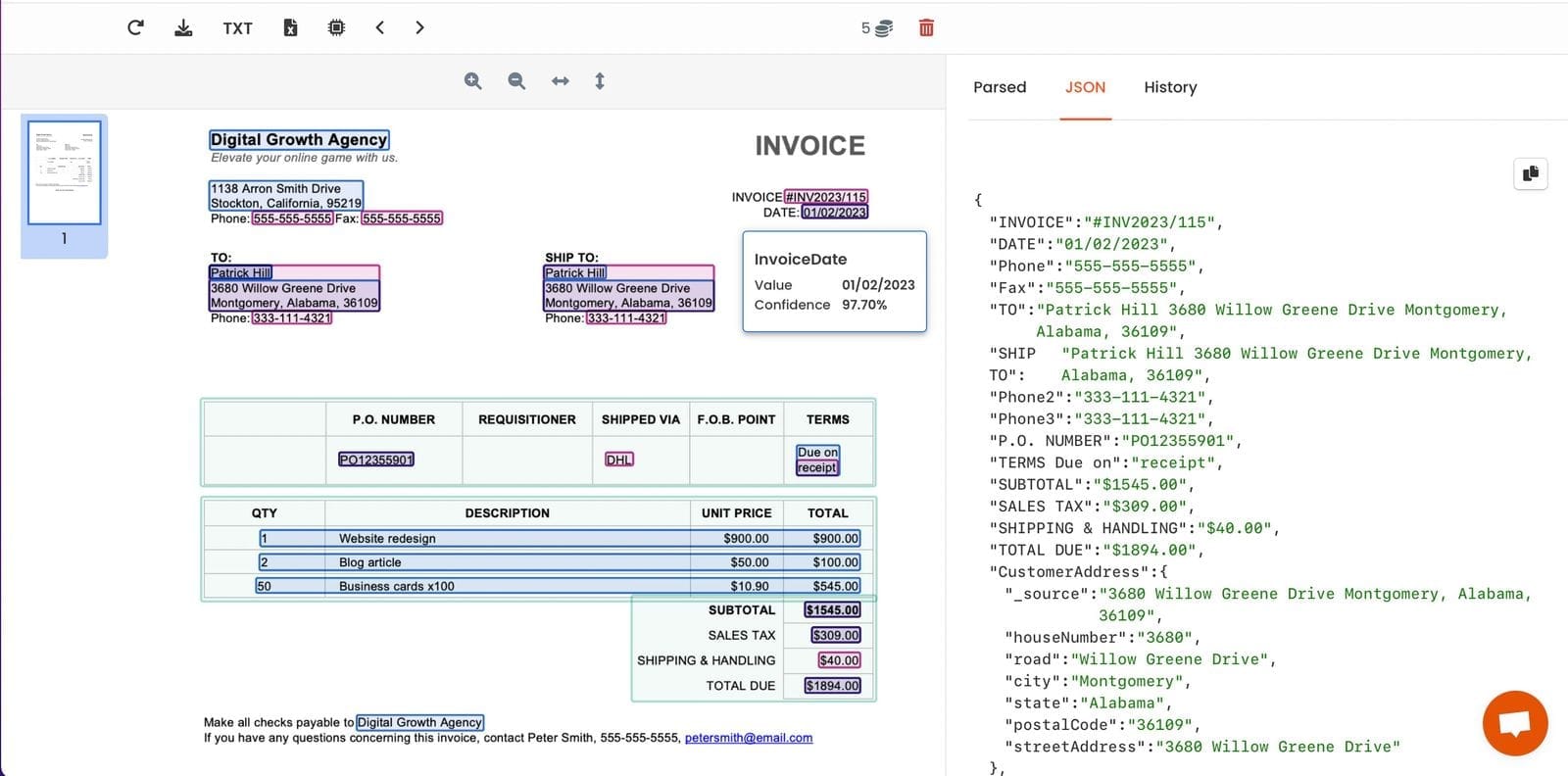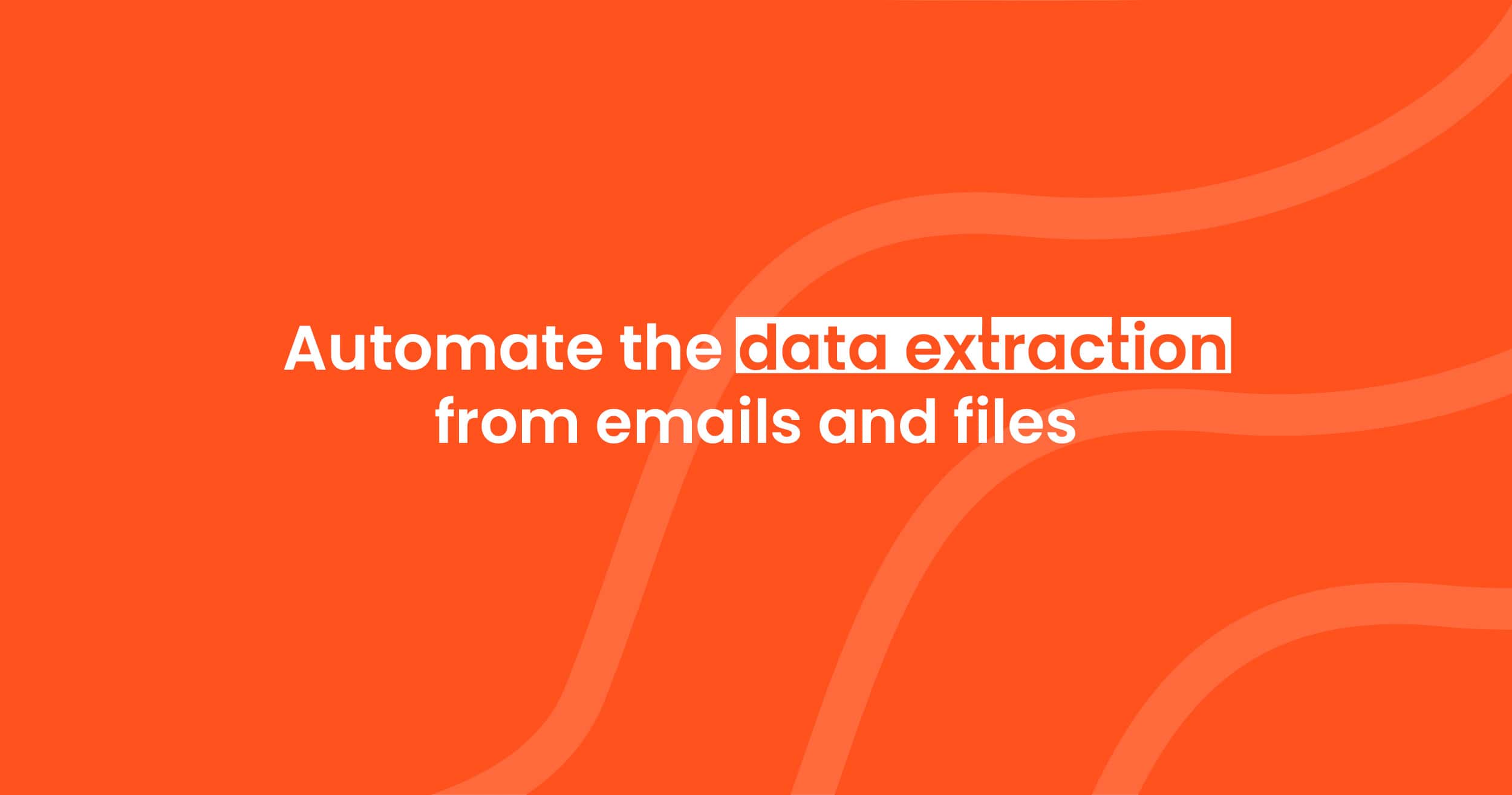What is Peppol? A Simple Guide to Electronic Invoicing
Peppol is a global standard for e-invoicing, making transactions easier and faster. Learn how it works and how to automate Peppol invoice processing with Parsio.

Businesses and governments send and receive invoices every day. But different formats and systems can create delays and errors. Peppol solves this by offering a global standard for e-invoicing and document exchange.
Peppol is now widely used in Europe, Asia, and other regions. Many businesses are adopting it to streamline invoicing, reduce errors, and ensure compliance.
This guide explains what Peppol is, how it works, and how businesses can use Parsio to extract and process Peppol documents automatically.
What is Peppol?
Peppol stands for Pan-European Public Procurement On-Line. It is a framework for exchanging electronic documents, including invoices, purchase orders, and shipping notices. It was originally designed for public sector procurement but is now widely used by private businesses.

Unlike traditional e-invoicing, Peppol ensures that documents are sent and received in a standardized format. This allows companies to automate invoicing and avoid manual data entry.
How Peppol Works
The Peppol Network
Peppol is not a platform but a network that connects businesses through certified providers. These providers are called Peppol Access Points. Businesses must connect to an Access Point to send and receive documents.
Peppol ID
Each business using Peppol has a unique Peppol ID. This ID ensures that documents are delivered to the correct recipient.
Peppol Document Standards
Peppol uses standard formats such as Peppol BIS (Business Interoperability Specifications). This ensures that all invoices and documents are structured in the same way, no matter which country or software a business uses.
Benefits of Peppol
Using Peppol offers several advantages:
- Standardized format: Ensures compatibility across different systems.
- Faster processing: Reduces manual data entry and processing time.
- Cross-border transactions: Works across multiple countries.
- Regulatory compliance: Many governments require businesses to use Peppol for invoicing.

How to Use Peppol for E-Invoicing
Using Peppol for invoicing is simple:
- Register for a Peppol ID through a certified Access Point provider.
- Connect to an Access Point to send and receive invoices.
- Prepare invoices in Peppol format (XML-based structure).
- Send invoices through the Peppol network for automatic processing.
- Receive and process incoming invoices directly in your accounting system.
Extracting Data from Peppol Documents with Parsio
Peppol documents are usually in XML format. Manually extracting data from these files can be time-consuming and error-prone.
How Parsio Helps
Parsio automates the extraction of structured data from Peppol invoices and purchase orders. This helps businesses save time and improve accuracy.
Step-by-Step Guide to Using Parsio with Peppol Documents
1. Upload or Forward Peppol Documents
- Manually upload Peppol XML or PDF files to Parsio.
- Or, set up email forwarding to receive Peppol invoices directly in your Parsio inbox.
2. Extract Data Automatically
- Parsio automatically parses Peppol XML and PDF files and extracts key details such as:
- Invoice number
- Supplier and buyer details
- Item descriptions and prices
- Payment terms

3. Export Data to Accounting Tools
- Once extracted, the data can be exported in structured formats such as CSV, JSON, or Google Sheets.
- Integrate with accounting software like QuickBooks, Xero, or SAP for automated processing.
To learn more about how Parsio can automate invoice processing, check out this guide on automating invoice data extraction.
Peppol vs. Traditional E-Invoicing
| Feature | Traditional E-Invoicing | Peppol E-Invoicing |
|---|---|---|
| Format | Varies by provider | Standardized format (BIS) |
| Cross-border use | Limited support | Works across multiple countries |
| Compliance | May not meet regulations | Meets international standards |
| Automation | Manual processing needed | Fully automated workflow |
The Future of Peppol
Peppol adoption is growing globally. More governments are making it mandatory for businesses to use Peppol for invoicing. Future improvements may include:
- Increased automation using AI and machine learning.
- Expanded adoption in industries beyond government procurement.
- More integrations with ERP and accounting systems.
Conclusion
Peppol makes e-invoicing faster, more secure, and standardized. It eliminates the complexity of handling multiple invoice formats and helps businesses comply with regulations.
Using Parsio, companies can automate the extraction of Peppol invoice data, saving time and reducing errors. This allows businesses to focus on what matters most—growing their operations efficiently.
Want to learn more about automating document processing? Read our article on automating data extraction from PDFs and emails.

